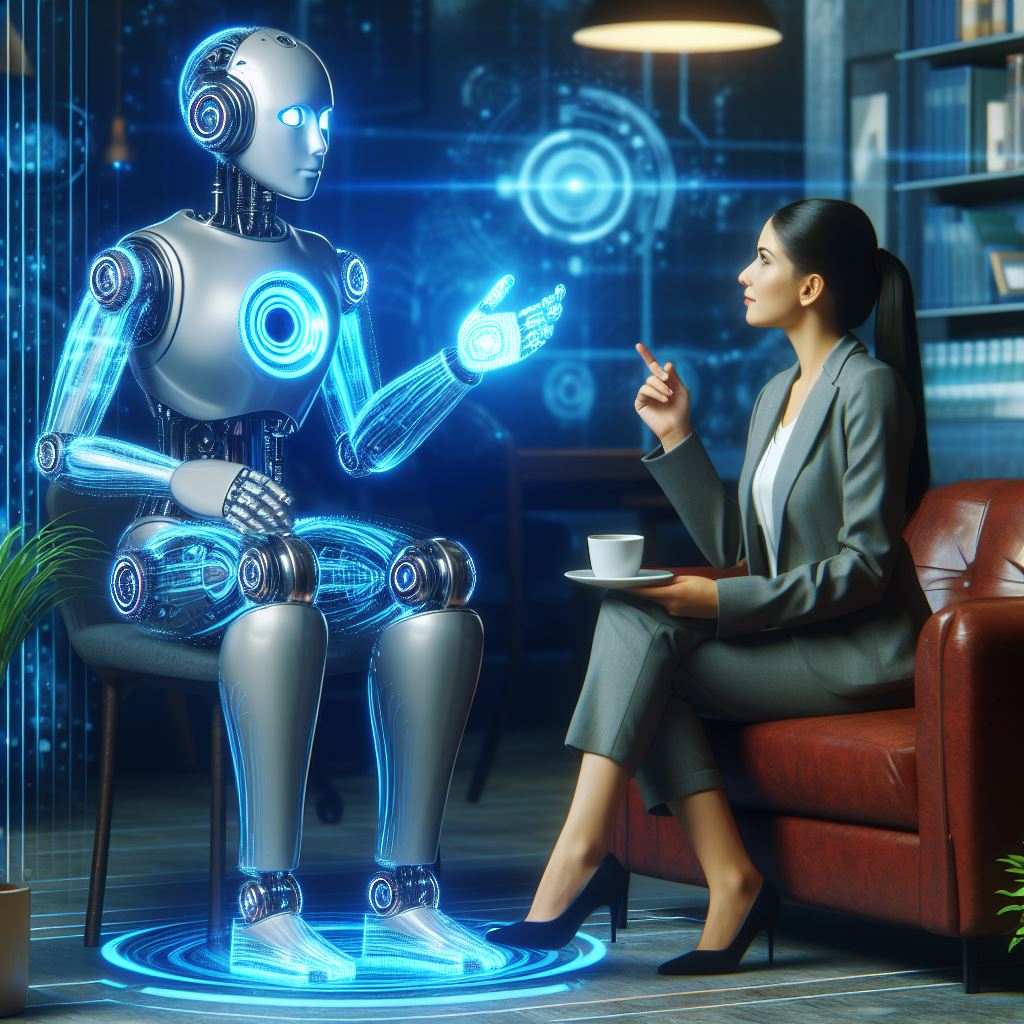
Artificial Intelligence in Robots : The Humanoids
In recent years, we are not very surprised by the resemblance of the physiognomy of robots with ours, but the great capabilities they have thanks to artificial intelligence, either to interact with people or to improve their physical abilities.
Therefore, here I show you the best projects to date of AI robotics.
Presented by the English company Engineered Arts, the humanoid robot Ameca has a great capacity to interact thanks to artificial intelligence, with which it can move, speak and express many emotions.
Considered the most advanced humanoid in the world, the natural movement of its facial expressions helps it to better interact with people. Its hardware is based on Mesmer technology, a system that builds powerful, elegant and cost-effective humanoid-shaped automatons, such as another of his projects, Robotespion, a humanoid that can speak up to 20 different languages, as well as possessing the ability to copy other people’s gestures.
In the future, in addition to making it possible for it to walk, Ameca will work with GPT-4 technology,
to make it more expressive, dexterous, autonomous and, above all, more useful to humanity. But this is not the first humanoid to integrate AI, because that honor goes to Sofia, created in 2016 by the American company Hanson Robotics.
This automaton combines three artificial intelligence neural networks that allow it to function, highlighting its conversational language processing system, a visual mechanism to identify gestures and expressions. And although it sounds incredible, it incorporates its own feelings, its articulated structure allows it to move its hands and eyes, as well as perform some movements that only humans could perform. Will we confuse it with a real person?
And if a humanoid responds to emotional questions, a group of engineers from the U.S. company Levetas has taken advantage of OpenAI’s chatbot to give the gift of speech to Spot, the Boston Dynamics robotic dog, which only performed automated missions.
With this technology they have been able to improve its features and thanks to it could be used for workers to communicate with this doggy assistant, and this is able to report, analyze their data and facilitate their understanding of a common language, using Google’s Text-to-Speech technology, which dictates in more than 40 languages and with more than 220 different voices.
A robot with artificial intelligence, which revolutionized the field of labor that requires physical effort, is Atlas, also developed by Boston Dynamics, with the shape of a human being, its limbs made of aluminum and titanium work by hydraulic activation, and it also has a sophisticated vision system and stereo cameras.
Thanks to software that gives it full control of its legs and arms, the most innovative thing about this robot is that it can walk and perform movements that would be difficult for a human being, being able to jump and dodge obstacles, carry heavy objects and climb stairs.
Thanks to artificial intelligence, for some time now it has been possible to generate works of art or drawings designed from an idea, but now we have AI-DA. The first humanoid capable of making art in a physical way, based on autonomous learning.
This is achieved thanks to the inclusion of two cameras, which function as a pair of eyes with which it captures an image, transfers it to an internal processor and transforms it into a drawing, in just 45 minutes.
And Optimus, Tesla’s new humanoid robot, joins this select list. Its prototype was presented in society at an event in Silicon Valley, seeking to become the first to be sold massively, although they will first have to pass demanding test periods in the workplaces of the Tesla automobile production line.
We just have to be attentive to what these humanoid and animal-shaped robots can do with a brain dominated by artificial intelligence, which will make them capable of thinking, improvise, perform heavy tasks and do something that could play against us.
All for free and work without getting tired, although it sounds disconcerting, this is just a small example of the incredible technology that awaits us in the future.



